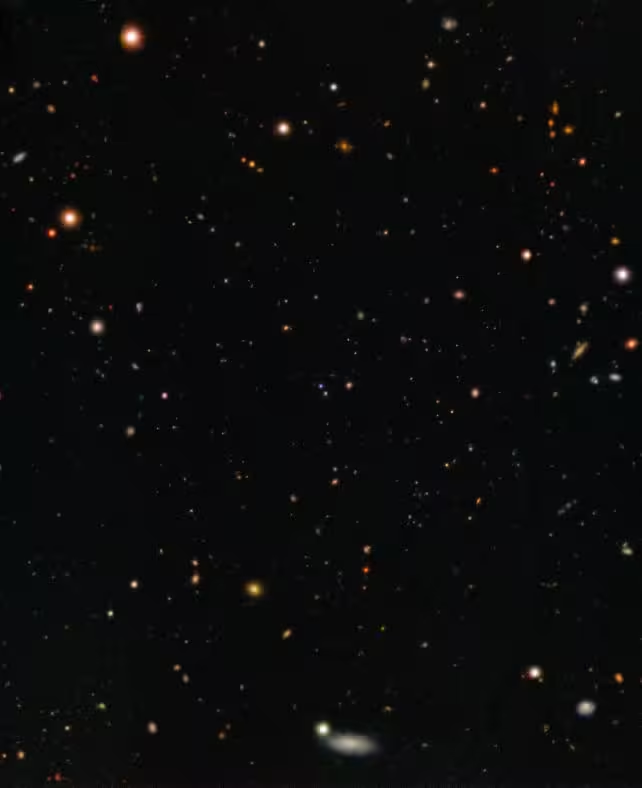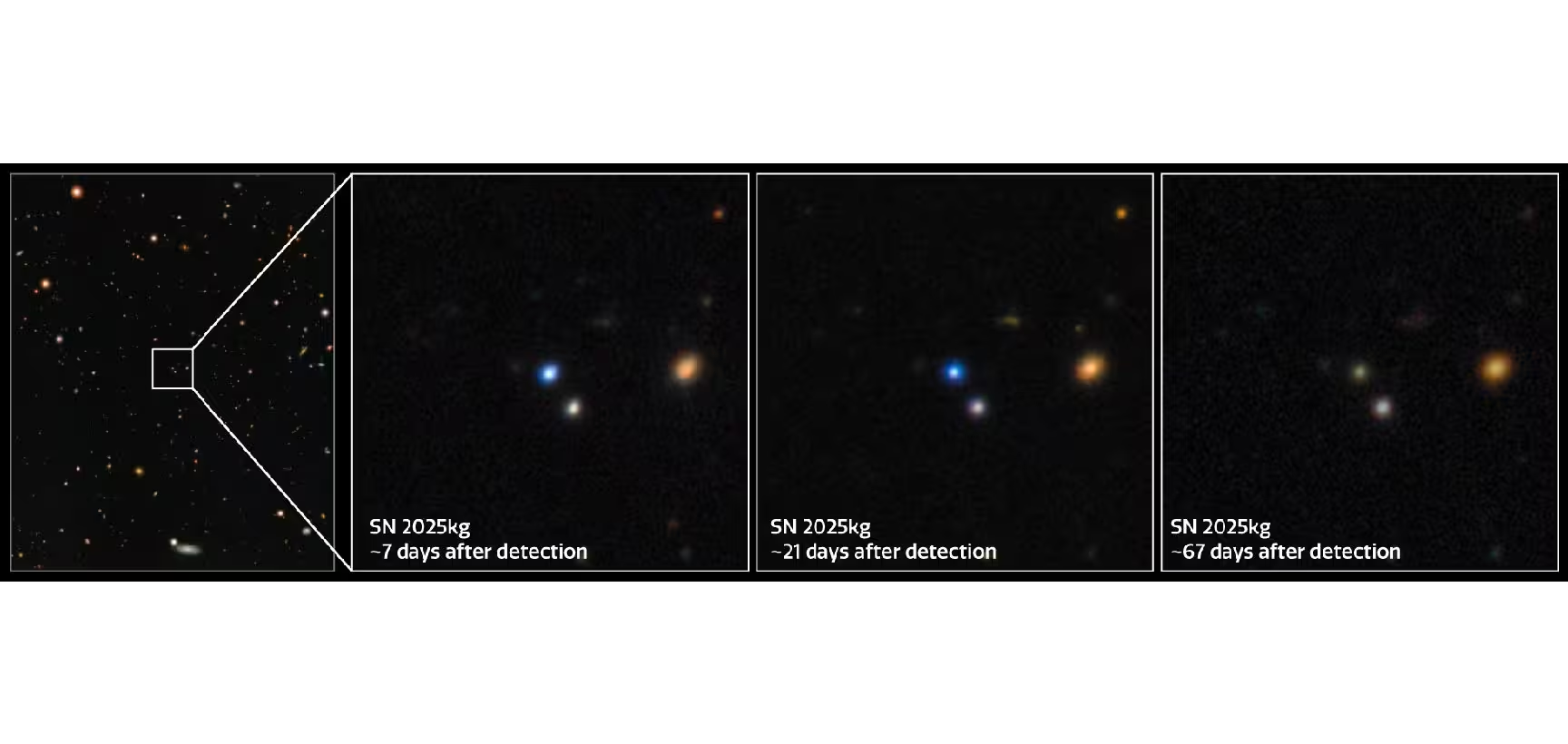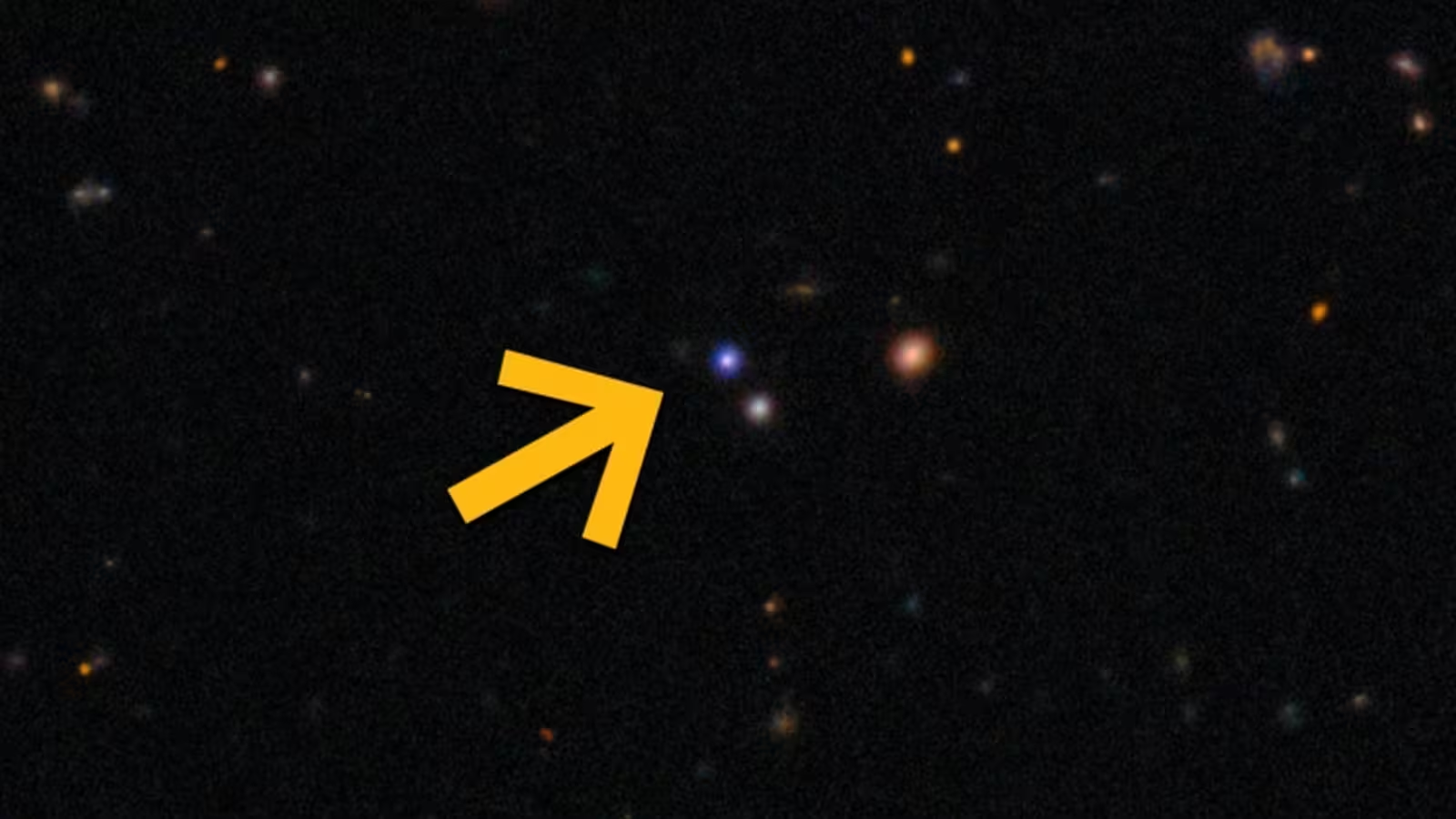5 Minutes
Introduction: Shedding Light on Cosmic X-Ray Bursts
For over half a century, mysterious blasts of X-rays known as fast X-ray transients (FXTs) have perplexed astronomers. These fleeting, powerful events—flashing from distant galaxies for seconds to hours—offered little insight into their true origin. Recent research led by an international team of astrophysicists has finally unveiled the secrets behind FXTs, revealing their connection to dying massive stars and their failed jets, broadening our understanding of stellar evolution and the most energetic events in the universe.
Scientific Context: Gamma-Ray Bursts and Supernovae
Supernovae mark the spectacular collapse and death of massive stars, often between 15 and 30 times the mass of our Sun. During such events, the core implodes, sending shockwaves that expel outer stellar layers into interstellar space. Sometimes, these cataclysms unleash tight jets of matter and energy that escape the exploding star, creating gamma-ray bursts (GRBs)—the universe’s most luminous explosions.
However, not all jets successfully break free. As explained by Dr. Jillian Rastinejad, an astronomer at Northwestern University, “Since the 1970s, astronomers have detected FXTs—blasts of X-rays from distant galaxies that can last from seconds to hours—but their sources have remained a long-standing mystery. Our work definitively shows that FXTs can originate from the explosive deaths of massive stars.”

Breakthrough Discovery: The 2025 X-Ray Event and Its Investigation
On January 8, 2025, a pivotal cosmic event occurred. The Einstein Probe, an advanced X-ray telescope in Earth orbit, captured an FXT originating 2.8 billion light-years away—a rare opportunity for multi-telescope observation across wavelengths. Swift follow-up investigations, utilizing optical and infrared telescopes, linked the FXT (designated EP 250108a) to a supernova event named SN 2025kg, or “The Kangaroo.”
The research team determined that SN 2025kg was a rare Type Ic-BL supernova, initiated when a massive star rapidly shed its outer layers, then collapsed, launching high-velocity ejecta moving nearly 19,000 kilometers (11,800 miles) per second.
Unveiling the Mechanism: Trapped Jets as the Source of FXTs
The central finding—and the source of the FXT—lay in the fate of the stellar jets. In typical cases producing GRBs, energetic jets pierce through the star’s expanding envelope, unleashing intense gamma rays detectable across deep space. Yet in the case of EP 250108a, these jets were stifled, trapped inside the dense layers of ejected material. The “strangled” jets still delivered a shock, heating and agitating their cocoon, but at X-ray energies that produce FXTs rather than the more intense gamma-ray signals.
“These observations—the early stages of EP 250108a’s evolution—show that massive star explosions can generate both GRBs and FXTs, depending on whether jets escape or remain trapped,” remarked Dr. Rob Eyles-Ferris, astrophysicist at the University of Leicester. “This FXT supernova is nearly a twin of past supernovae that followed GRBs.”

Implications and Future Prospects in High-Energy Astrophysics
Remarkably, the study reveals that failed jet events—and the resulting FXTs—may be more common than their successful, GRB-producing counterparts. “Through decades of scientific study, we know that jets can successfully plow through a dying star’s outer layers, and we view them as GRBs,” said Dr. Rastinejad. “In our study, we found this 'trapped jet' outcome is more common in massive star explosions than jets that successfully emerge.”
Understanding FXTs not only resolves a long-standing astrophysical puzzle but also provides a new observational tool for exploring how massive stars die. By capturing and analyzing FXTs, astronomers can probe the physical conditions deep within collapsing stars, offering clues to the diversity of supernova mechanisms and the final moments of stellar life cycles.
While this discovery answers some foundational questions, many details remain unknown, such as the precise conditions that cause a jet to stagnate and cause an FXT instead of a GRB. Ongoing and future high-energy observatories, like the Einstein Probe and enhanced optical/infrared surveys, will be key to cataloging more FXTs and refining our models of stellar explosions.
Conclusion
The solution to the enigma of fast X-ray transients marks a significant step in astrophysics, illuminating a new class of phenomena arising from the deaths of massive stars. The realization that strangled jets are responsible for these fleeting X-ray outbursts not only enriches our understanding of supernovae and gamma-ray bursts but also highlights the diversity of outcomes when stars reach the end of their lives. As ongoing studies delve deeper, astronomers anticipate uncovering even more about the intricate processes that sculpt our universe’s most violent and spectacular events.



Comments